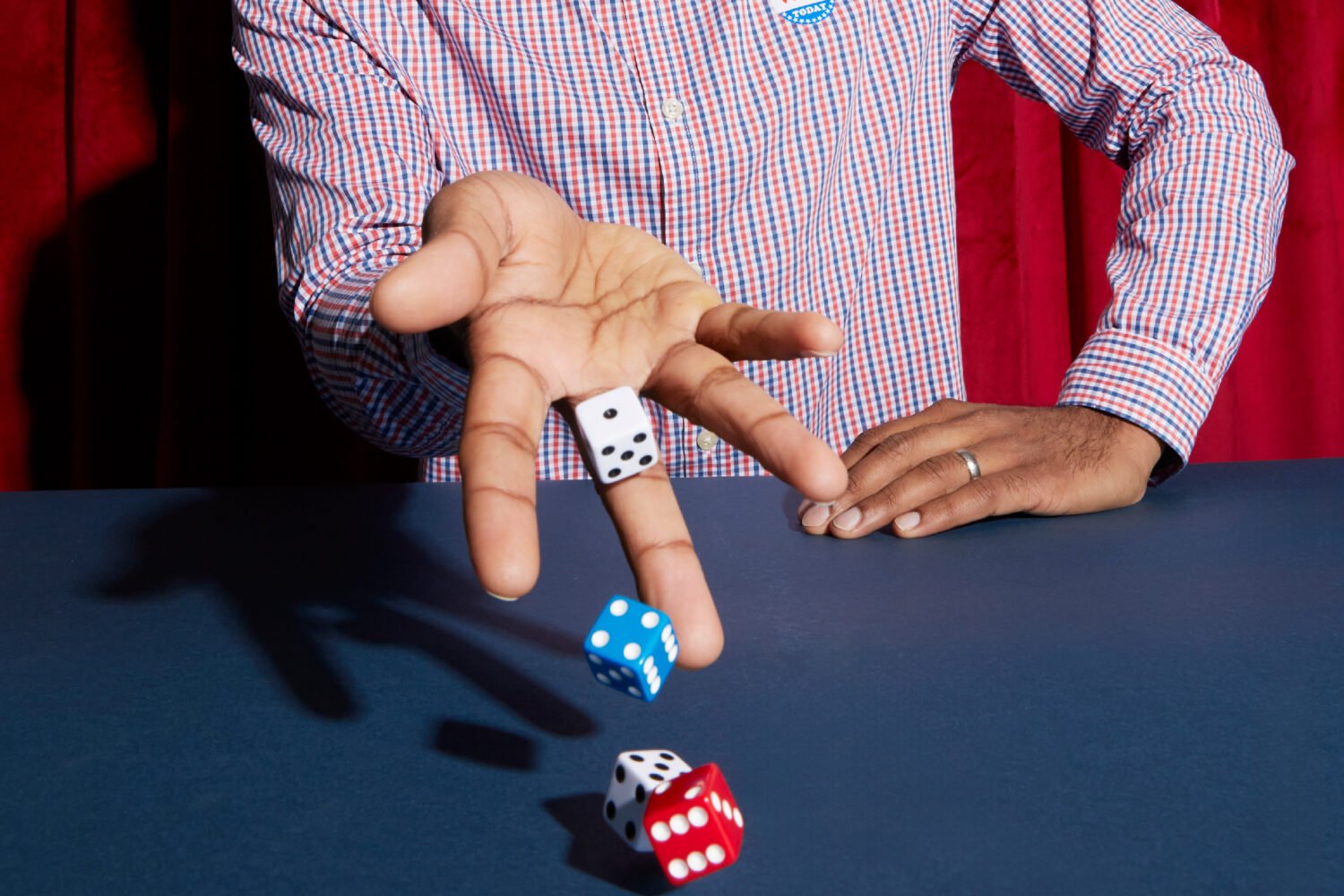MIDDIES TACKLE FRUSTRATED ARMY
–Headline, The Washington Post, Army-Navygame day, December 7, 1963
THE SCENARIO HAD BEEN LAID OUT WEEKS BEFORE: AFTER President Kennedy flipped the coin at midfield, he would walk to the Army side of the stadium and remain there until halftime. Then he'd cross the field to sit on the Navy side for the second half.
Strictly neutral, no favorites. It was the only way open for the Commander in Chief of both services. But Middies captain Tom Lynch and his teammates knew otherwise.
A few days before the President was scheduled to leave for a political trip to Texas, Kennedy sent a message to Annapolis saying he "anticipated being on the winning side of the field when the game is over."
In short: Go Navy!
John F. Kennedy, a decorated PT-boat skipper in World War II, wasn't about to go neutral on his old Navy comrades. Especially with so much at stake for the Middies in that year's Army game–an invitation to the Cotton Bowl and a chance to play Texas for the national championship.
MEMBERS OF FOOTBALL'S ESPN GENERATION might be surprised to learn that the Army-Navy game was once an annual Sports Illustrated cover story. Roger Staubach, Navy's Heisman Trophy-winning quarterback, was the SI cover boy for the 1963 game, an All-American who always managed to carry his team to victory in big games.
"Army knows what to expect," wrote the Post's George Minot before the 1963 game. "West Point won't forget that Staubach ruined the Cadets last year with two touchdown runs and two scoring passes."
A sprint-out quarterback, Staubach was hard to defend because of his ability to pass while on the run. In the '62 game he had humiliated not only the Army team but its coach, Paul Dietzel, who had come to West Point with a reputation as one of the best defensive minds in football.
Dietzel, the Army crowd was predicting, would be ready for Roger the Dodger this year. Forget the odds favoring Navy. At the end of the game, President Kennedy would have to cross the field if he wanted to shake hands with the winning coach.
Traditionally the Army-Navy game embraces the color of a flower show and the competitive urgency of an armed skirmish. It is the only major college football game at which both admirals and generals whoop into the crisp fall air with the enthusiasm of enlisted men on a weekend pass. Few meetings of the two teams have generated more precombat excitement, however, than the one scheduled for this year.
–Dan Jenkins, Sports Illustrated
EV ERY ARMY-NAVY GAME–WHATever the talent on the field–comes down to a contest of will between coaches. Or so it's believed by the game's audience of generals, admirals, and would-be masters of the art of leadership and strategy.
In the 1950s, the annual rivalry featured two of the most heralded coaches in the college game, Army's Earl Blaik and Navy's Eddie Erdelatz. When Blaik retired, Dietzel came to West Point fresh from winning a national championship at Louisiana State University with a team built around a defensive unit so lean and mean it became known as Dietzel's "Chinese bandits."
Dietzel's counterpart at Annapolis, Wayne Hardin, was no less a defensive whiz but differed from his Army rival in his approach to strategy. "He was one of the most innovative coaches around," recalls Tom Lynch. "There was something new for every game, something unexpected that would catch the opposing team off-guard."
Sometimes the ploy was a psychological gimmick to rattle opposing players. In Paul Dietzel's first season at West Point, the Navy players ran onto the field with BEAT ARMY emblazoned on their gold helmets–in Chinese.
Navy won that game, 34-14. It was the Middies' fourth straight win over Army. For the '63 season, Hardin's special message would be DRIVE FOR FIVE inscribed on the back of every middie uniform.
Navy, with an 8-1 record and ranked number two in the AP poll, would go into the game an 11-point favorite. Army, with a 7-2 record, was unranked but, as the Washington Star's Francis Stann reported, was "unintimidated and primed for an upset."
The game was scheduled for the last day in November, a week after the President returned from his trip to Texas, a political swing to boost his prospects in the 1964 election.
"We had to regroup, get our concentration on football back, and swallow our grief at the loss of not only our commander-in-chief but a man we considered a dear friend."
–Middies captain Tom Lynch on his team's reaction to Jacqueline Kennedy's request that the game not be cancelled
FOR THE 102,000 FANS IN THE STANDS at Philadelphia Stadium, it would turn out to be, despite all portents–flags at half-staff, ceremonies cut to a minimum–one of the most exciting Army-Navy games ever played.
"It was improbable Army-Navy weather, with the sun high . . . and the temperature in the elegant 50s," wrote Post sports columnist Shirley Povich. "As a remark of respect for the late President Kennedy, they cancelled out the pre-game displays . . . by the corps. But serious high-jinks followed the opening kickoff. Army put a quick touchdown up on the score-board and now there was wonder if Navy's projected trip to the Cotton Bowl would be . . . [terminated before it even began]."
Wayne Hardin, it turned out, wasn't the only coach who knew how to get his team up for a rival. In the week before the game, not a day had passed without Paul Dietzel's reminding his players of derogatory remarks made by the Navy coach and his staff about Army's football program–notably what Hardin had said when asked what the turning point had been in Navy's 34-14 win the year before: "The turning point was when we walked on the field."
Then there was the Annapolis scout who called the 1963 Army squad "the worst West Point team that we have seen" and a Navy assistant who flippantly asked a Philadelphia sports crowd, "By the way, what's the name of Army's quarterback?" Posted by Dietzel on the Cadet bulletin board, the taunts would backfire against Navy when the Army quarterback, Rollie Stichweh, took the opening kickoff and moved his fired-up teammates 65 yards, carrying the ball into the end zone on a quarterback keeper.
Army 7, Navy 0.
"This is not live! Repeat, this is not live! Ladies and gentleman, Army did not score again!"
–CBS game announcer Lindsey Nelson, after the Stichweh run was replayed for viewers.
INSTANT REPLAY: NOT ONLY DID it change the way fans viewed the game; in time it would change the game itself.
Today it's so routine that viewers complain when there aren't replays on a controversial call. But fans watching the 1963 Army-Navy game saw the first "experimental" use of the new technology.
There were moments in the game when real time did seem like replay, as when Navy fullback Pat Donnelly, responding to Stichweh's heroics, scored not once, not twice, but three times to give the Middies a 21-7 lead in the waning moments of the game.
"The Middies were in high cotton with a [two-touchdown] lead," wrote George Minot for the Sunday Post, "but Army quarterback Rollie Stichweh, tailback Ken Waldrop, and company didn't quit."
It would be one of the most thrilling–and controversial–endings in the long history of the Army-Navy rivalry.
"We should have won it."
–Paul Dietzel, postgame
EVERY FOUR YEARS, MEMBERS OF THE Naval Academy's 1963 team come together in Annapolis to renew old ties and rekindle memories of what Wayne Hardin called their Season of Destiny.
Staubach, Donnelly, Lynch–all the heroes of that afternoon in Philadelphia when Navy, in the words of announcer Lindsey Nelson, "rose from the dead after taps had been sounded."
Nelson, ordinarily cool, was at high volume in the closing minutes of the game as Army drove to a touchdown, made a two-point conversion and–with the score 21-15–recovered an onside kick with three minutes left on the clock.
Three plays later, with Cadet tailback Ken Waldrop pounding the line, Army was first-and-goal, seven yards from a winning touchdown.
Three Waldrop charges, and the ball had advanced to the two. Lynch, playing linebacker, braced for the play that would decide the game.
"Navy had to stop Army short of a touchdown, or the whole season would come tumbling down," wrote reporter Bus Ham in the next day's Post. "This was last-ditch stuff" but "Rollie Stichweh . . . couldn't make his signals heard so he raised his arms, signaling to the officials to stop play."
Navy's defenders, knowing that Army had used up all its time-outs, counted off the seconds. Lynch, poised over the center, watched the game clock tick down. When it read 0:00, he scooped up the ball and headed for the sidelines as the bewildered Army quarterback looked on.
"WE ALWAYS FELT WE WERE A special team with a special bond," says Tom Lynch of the Middies' goal-line stand that day. "The Army game proved it. It brought out the best in us."
The Middies' dressing room was subdued after the game, not what you'd expect from a team that had just defeated its archrival. But this had been no ordinary game or ordinary week, as Wayne Hardin pointed out when he told reporters the team had decided to give the game ball to the Kennedy family.
In the weeks that followed, observers would wonder if the emotional toll taken by the Army game hadn't played a part in Navy's ragged showing in the Cotton Bowl. The Middies showed up in Dallas flat and unfocused, no match for Texas in the national-championship showdown.
That game goes unmentioned when the boys of '63 gather in Annapolis. It was an exception to an otherwise perfect season. What Tom Lynch–who went on to become superintendent of the Naval Academy in 1991–remembers best about it is the letter he received from Army secretary Cyrus Vance two weeks after the final whistle blew in Philadelphia. The letter read:
"Here is the silver dollar that would have been flipped had President Kennedy officiated. I am sending it to you because you won the coin toss."
A winner's memento, in a time of loss.

















